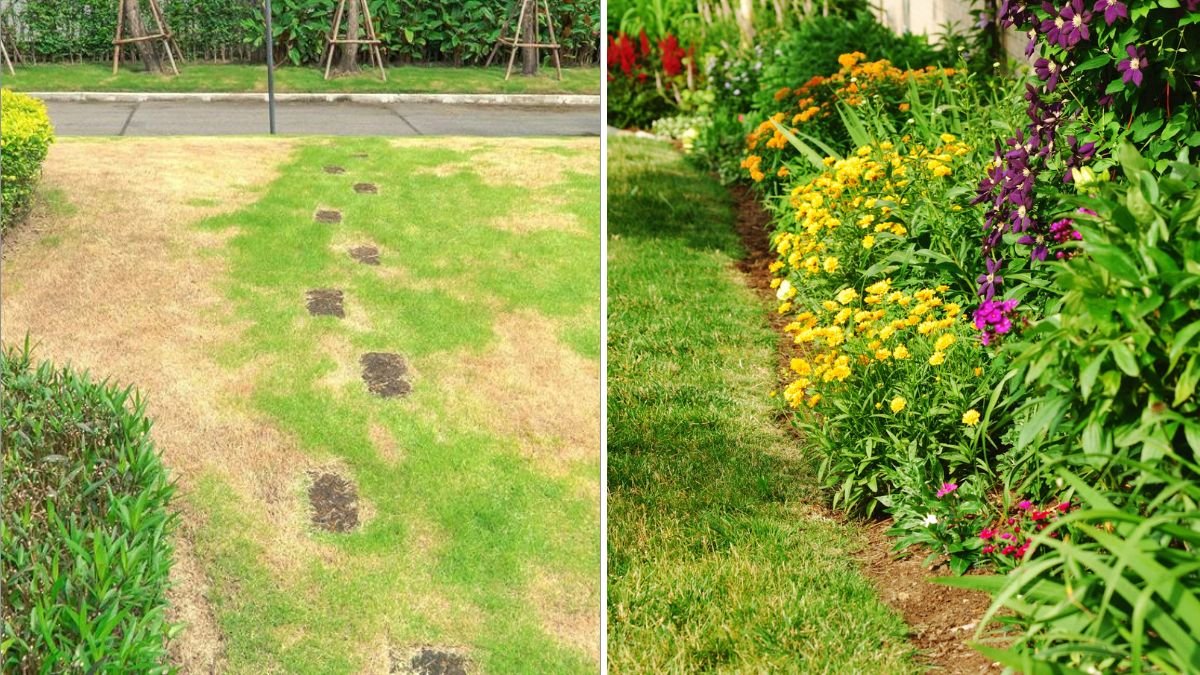Landscaping can transform your outdoor space, boosting curb appeal and property value while creating a personal oasis. But it’s also easy to make costly mistakes that turn beautiful visions into frustrating money pits. From poor planning to plant choices that don’t survive a season, many homeowners unknowingly waste hundreds—or even thousands—of dollars each year on landscaping missteps that could have been avoided.
If you’re planning to revamp your yard or maintain your current landscape, learn to spot these common (and expensive) pitfalls before they drain your budget.
1. Skipping the Planning Stage
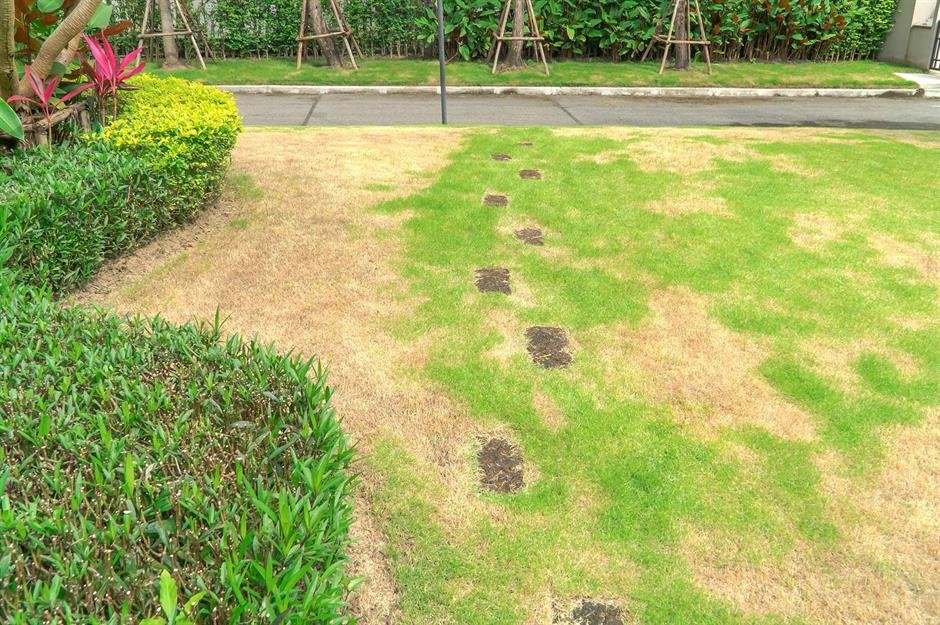
The biggest landscaping mistake is jumping in without a plan. Many homeowners buy plants and materials impulsively, only to discover later that nothing matches, grows properly, or fits the space. Without a clear layout, you risk overcrowding, poor drainage, or wasted effort on areas that don’t enhance your property.
Smart Solution:
Sketch a detailed plan before purchasing anything. Consider sun exposure, soil type, slope, and how you’ll use different areas—entertaining, play, or relaxation. If unsure, invest in a one-time consultation with a landscape designer. A few hundred dollars upfront can save thousands later.
2. Choosing the Wrong Plants for Your Climate
It’s tempting to pick plants for their beauty, but if they’re not suited to your region’s climate, you’ll spend endlessly replacing them. Tropical plants may wither in dry heat, and delicate perennials may not survive cold winters.
Smart Solution:
Focus on native or climate-adapted species that thrive naturally in your area. They require less water, fertilizer, and pest control. Your local nursery can help you identify low-maintenance, resilient options that deliver beauty without constant intervention.
3. Overplanting or Planting Too Close Together
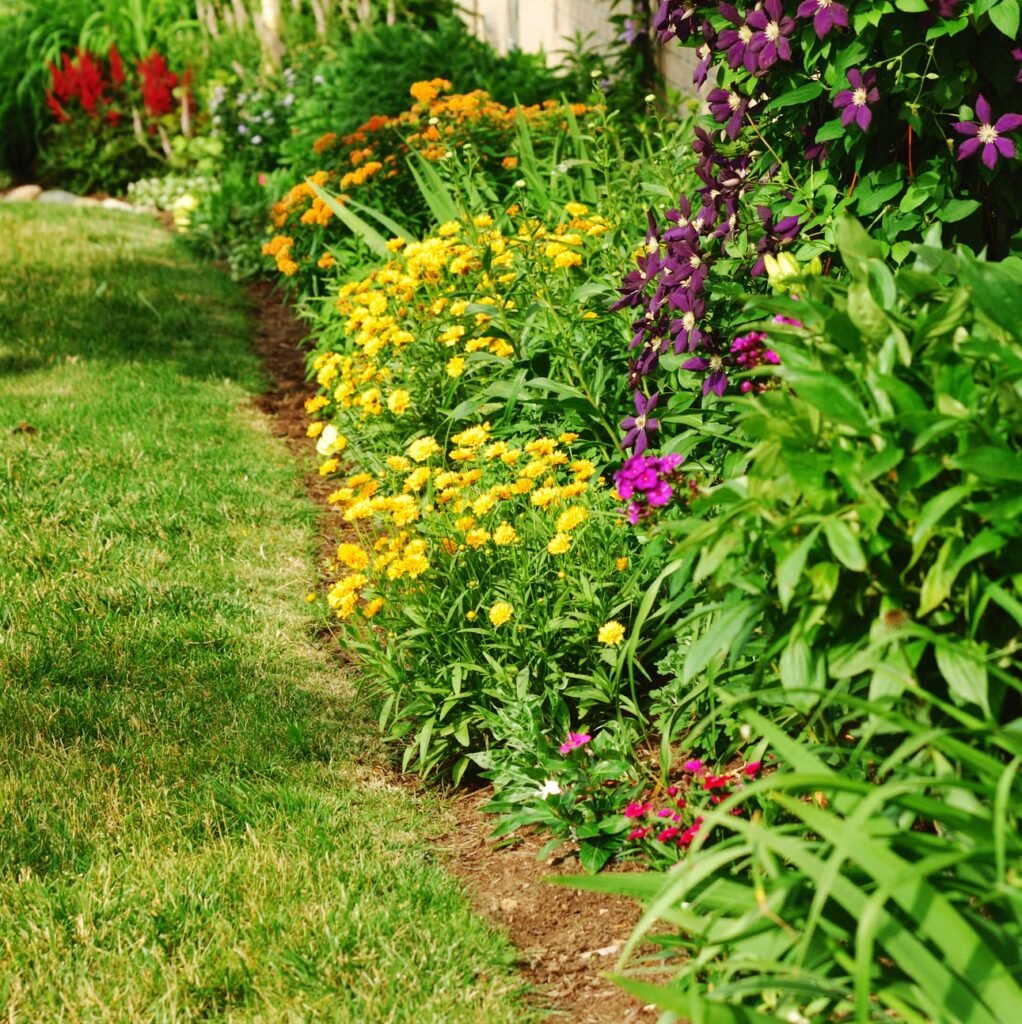
When plants are young, it’s easy to underestimate how much space they’ll need once mature. Overcrowded beds lead to competition for sunlight and nutrients, increasing disease risk and forcing you to thin or remove plants later—a costly redo.
Smart Solution:
Read plant tags carefully and follow spacing recommendations. Remember: good design relies on patience. It’s better to let plants grow into their space than to cram them in for instant fullness.
Pro Tip: Fill temporary gaps with annuals or mulch until perennials mature.
4. Ignoring Proper Drainage
Water pooling after rain or irrigation can drown plants and damage soil structure. Many homeowners spend money replacing plants without realizing poor drainage is the real culprit.
Smart Solution:
Before landscaping, observe how water moves through your yard. If puddles persist, consider grading, French drains, or rain gardens to direct water flow. Even simple fixes—like aerating soil or amending it with organic matter—can improve drainage and plant health.
5. Neglecting Soil Quality
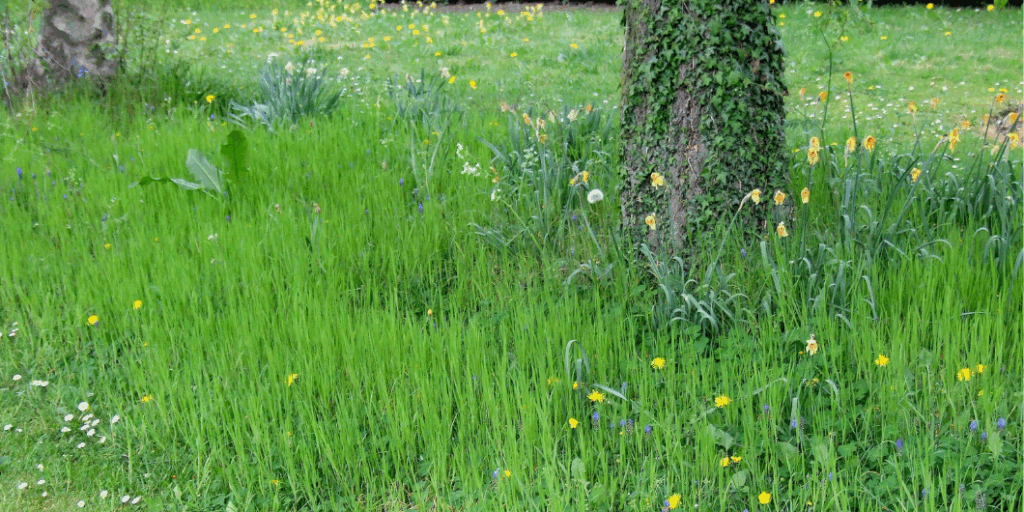
Soil is the foundation of every healthy garden. Yet, many homeowners skip soil testing and simply plant in whatever dirt they have. Poor soil can stunt growth, waste fertilizer, and shorten plant life—costing you more over time.
Smart Solution:
Have your soil tested through a local extension service to assess pH and nutrient levels. Amend the soil accordingly with compost, organic matter, or specific minerals. Healthy soil reduces your need for fertilizers and makes plants more resilient against pests and drought.
6. Overusing Lawn Areas
While a green lawn looks classic, maintaining one can be expensive and water-intensive. Constant mowing, fertilizing, and watering add up quickly—and in some regions, lawns struggle to stay healthy year-round.
Smart Solution:
Replace part of your lawn with groundcovers, native grasses, or low-maintenance plantings. Create functional areas like patios, gravel paths, or wildflower sections. You’ll cut costs on upkeep while adding visual variety and biodiversity.
Bonus: Many municipalities now offer rebates for lawn reduction or xeriscaping.
7. Improper Mulching Techniques
Mulch is a gardener’s best friend when used correctly—it conserves moisture, regulates temperature, and prevents weeds. But over-mulching (often called “volcano mulching”) can suffocate roots and attract pests, especially around trees.
Smart Solution:
Apply mulch in a 2–3 inch layer, keeping it a few inches away from stems or tree trunks. Replenish as needed, but avoid piling new mulch over old layers without clearing debris first. Choose natural materials like shredded bark or composted leaves for better soil health.
8. Buying Cheap or Low-Quality Materials
Saving money upfront on plants, soil, or edging materials might feel wise—but it often leads to higher costs later. Discount plants may be root-bound or diseased, while cheap mulch or stone fades quickly and requires replacement.
Smart Solution:
Invest in quality materials that last. Choose healthy plants from reputable nurseries, durable pavers for walkways, and quality soil mixes. When it comes to landscaping, long-term value always outweighs short-term savings.
9. Forgetting Long-Term Maintenance
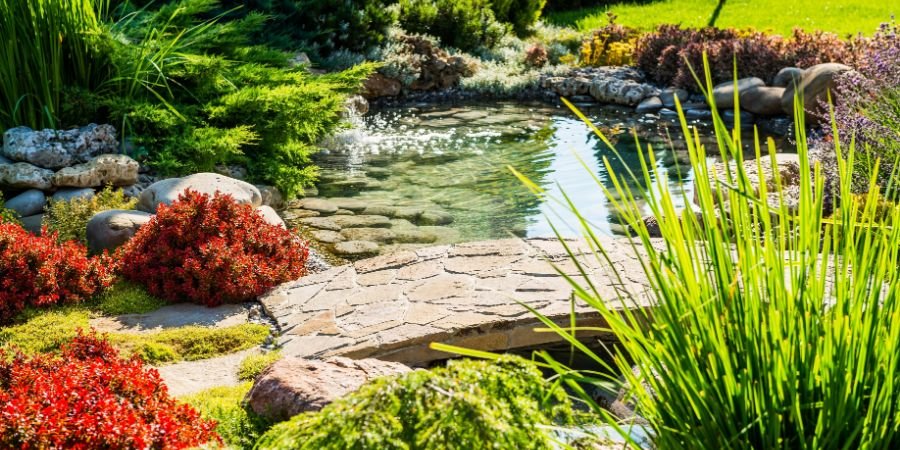
A perfectly designed yard still needs care. Many homeowners install elaborate gardens but underestimate the time and cost to maintain them—especially if the design includes water features, large lawns, or high-maintenance plants.
Smart Solution:
Before committing, assess how much time and effort you can realistically dedicate. Choose low-maintenance designs—self-sufficient plants, drip irrigation systems, and slow-growing shrubs. A landscape should fit your lifestyle, not burden it.
Pro Tip: Mulch, groundcovers, and native plants significantly reduce maintenance demands.
10. Neglecting Curb Appeal Balance
While it’s tempting to focus on backyard entertaining spaces, neglecting the front yard can hurt curb appeal and resale value. Overdecorating with ornaments or ignoring front plantings can make your home feel unbalanced and dated.
Smart Solution:
Create a unified look by extending the same design principles to the front yard—coordinated plant palettes, lighting, and textures. Invest in attractive entryway features like potted plants, low hedges, or lighting along pathways. Even small updates can dramatically improve first impressions.
Bonus Mistake: Ignoring Water Efficiency
With increasing water costs and drought concerns, inefficient irrigation can waste both money and resources. Many homeowners rely on overhead sprinklers that lose water to evaporation and runoff.
Smart Solution:
Install a drip irrigation system that delivers water directly to roots, or use soaker hoses for garden beds. Water early in the morning to minimize evaporation and group plants with similar watering needs together (a technique called “hydrozoning”). The result? Healthier plants and a lower water bill.
Smart Landscaping = Smart Spending
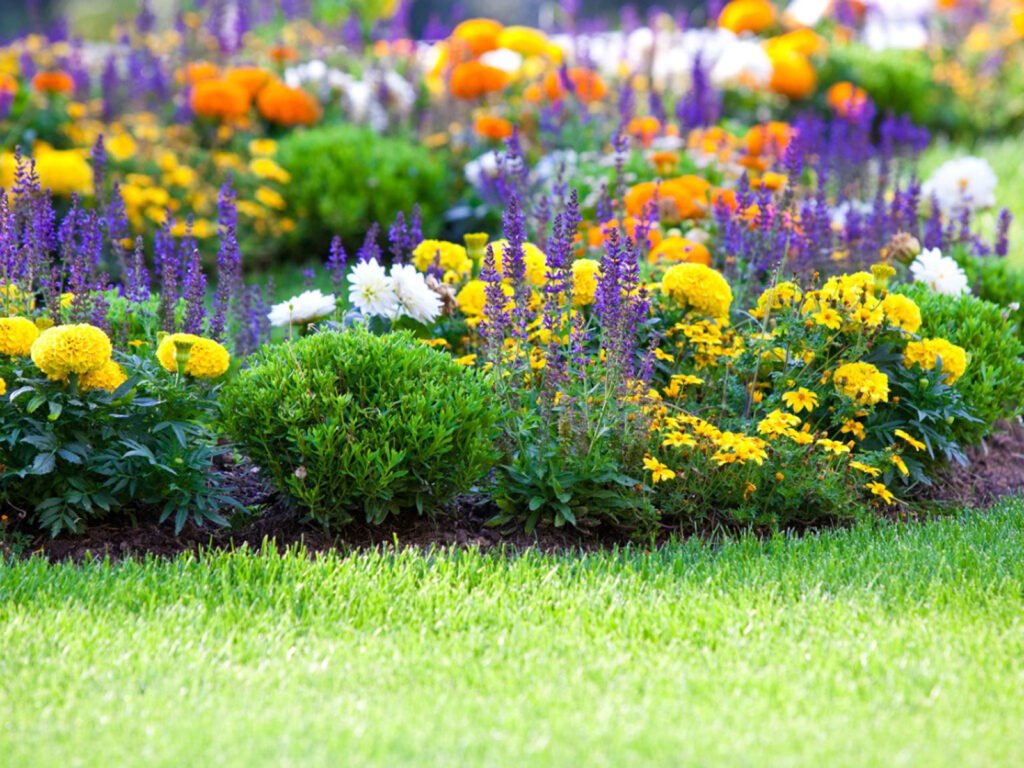
A beautiful yard doesn’t have to drain your wallet. The secret lies in planning carefully, choosing wisely, and maintaining mindfully. Avoiding these ten mistakes can save you significant money while ensuring your landscape stays thriving, sustainable, and beautiful year after year.
When done right, your outdoor space becomes not just an expense—but a long-term investment in your home’s comfort, value, and natural beauty.
So before you pick up the shovel or head to the nursery, pause, plan, and plant smarter. Your garden—and your budget—will thank you.
